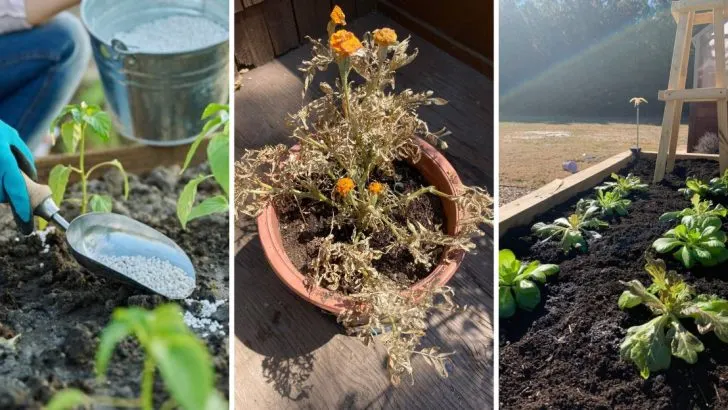Starting a garden is an exciting journey, but it’s easy to stumble into common pitfalls, especially as a beginner. Many first-time gardeners unknowingly make mistakes that can lead to stunted growth, wasted effort, and frustration.
From overwatering to neglecting soil quality, these missteps often go unnoticed until it’s too late. By learning about these lesser-discussed mistakes upfront, you can set yourself up for a thriving garden and enjoy the process of nurturing plants from the very beginning.
Here are 15 beginner gardening mistakes to watch out for and how to avoid them.
Ignoring Soil Quality
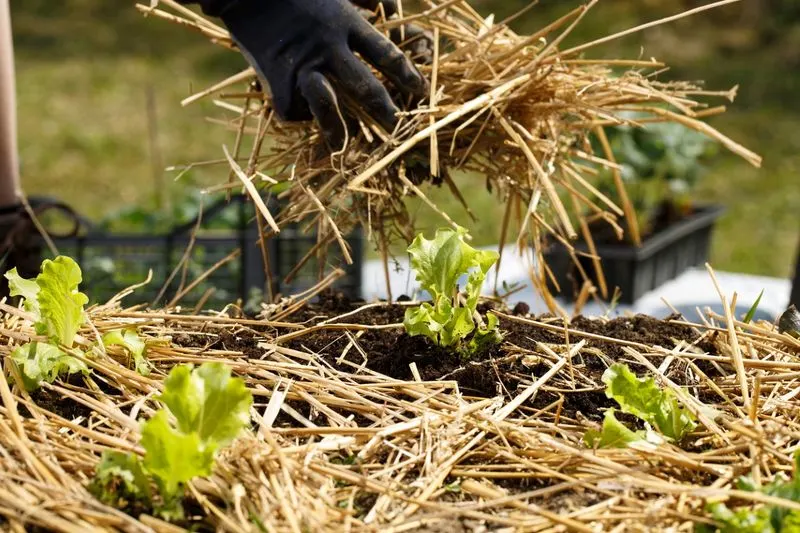
Overlooking the importance of soil can lead to disappointing results. New gardeners often plant without considering soil quality, resulting in poor growth. The right soil mix is crucial for plant health, impacting water retention and nutrient availability. Before planting, invest time in understanding your soil type, whether it’s clay, sandy, or loamy. Testing kits can reveal nutrient deficiencies that need correcting. Amend the soil with organic matter like compost to improve its structure. This preparation ensures plants have a supportive environment to root and thrive, setting the stage for a successful garden.
Overcrowding Plants
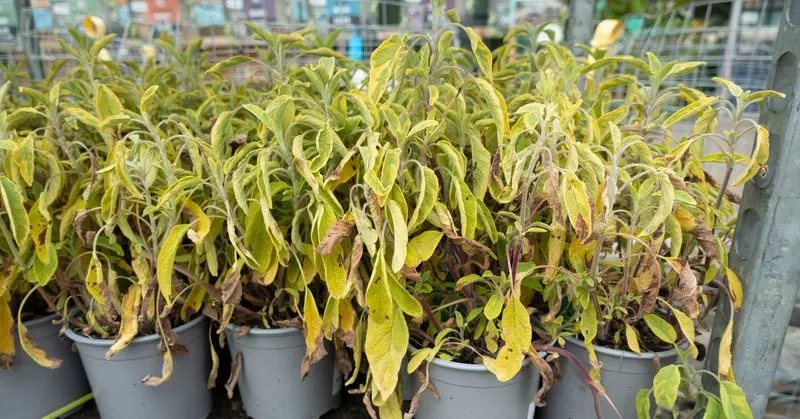
Planting too many seeds or plants in a confined space is a common beginner’s error. Overcrowding leads to competition for light, water, and nutrients, stunting growth. Each plant requires space to grow and breathe. Referencing seed packets or plant labels for spacing guidelines can prevent this mistake. Thinning seedlings may feel wasteful, but it’s essential for robust plant development. Adequate spacing not only enhances growth but also reduces the risk of pests and diseases by improving air circulation. Planning your garden layout with ample room for each plant fosters healthier, more productive growth.
Neglecting Sunlight Needs
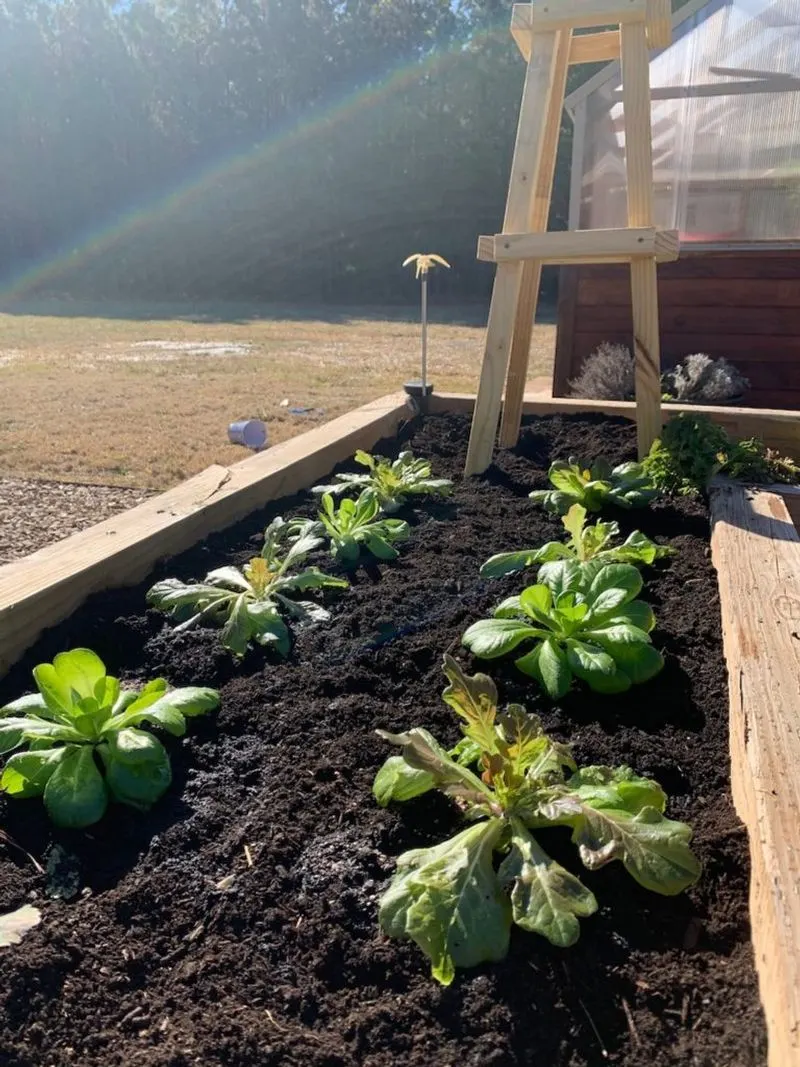
Misjudging the sunlight requirements of plants often leads to poor growth. Each plant species has specific light needs, and placing them in unsuitable spots can hinder their development. Observe your garden at different times to understand sun patterns. Use this information to position plants according to their sunlight preferences—full sun, partial shade, or full shade. Sun-loving plants require at least six hours of direct light, while shade-tolerant varieties thrive in less. Matching plants with the right light conditions is essential for vigorous growth and bloom.
Underestimating Watering Needs
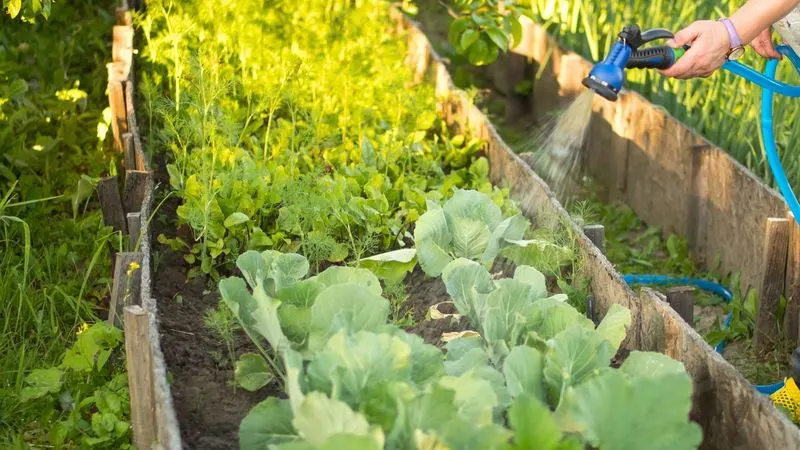
Watering might seem straightforward, but it’s a nuanced task that often trips up beginners. Overwatering can drown roots, while underwatering stresses plants. Recognizing the individual watering needs of each plant type is crucial. Factors like soil type, weather conditions, and plant age all influence watering frequency. Consider using a moisture meter to guide your watering schedule, ensuring soil remains consistently moist but not soggy. Observing plants for signs of dehydration or excess moisture helps fine-tune this balance. Developing a mindful watering routine supports plant health and vigor.
Using Incorrect Fertilizer
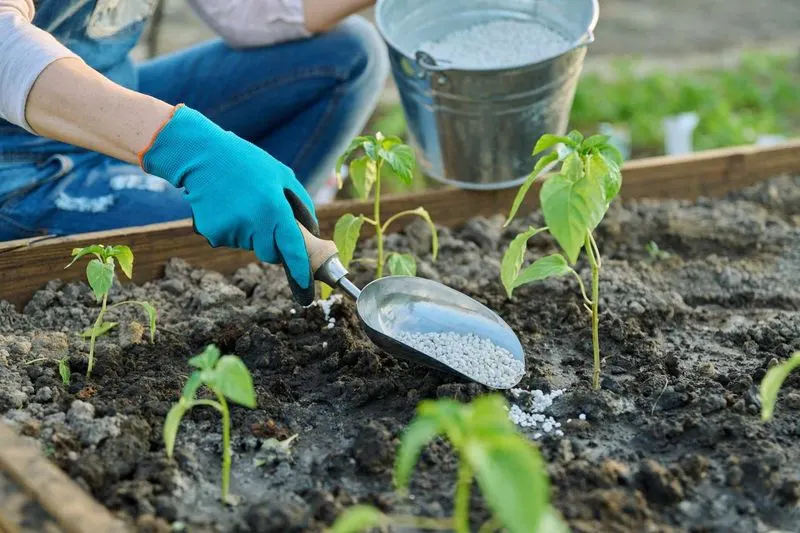
Choosing the wrong fertilizer can hamper plant growth, making it a frequent pitfall for novices. Different plants demand different nutrient combinations, and applying an incorrect mix can lead to nutrient imbalances. It’s important to understand the needs of your specific plants and choose a fertilizer that matches. Read labels carefully and consider organic options that add nutrients gradually. Over-fertilizing is as detrimental as under-fertilizing, often burning roots and foliage. Balanced fertilization according to plant requirements promotes robust growth, vibrant blooms, and fertile produce.
Ignoring Seasonal Changes
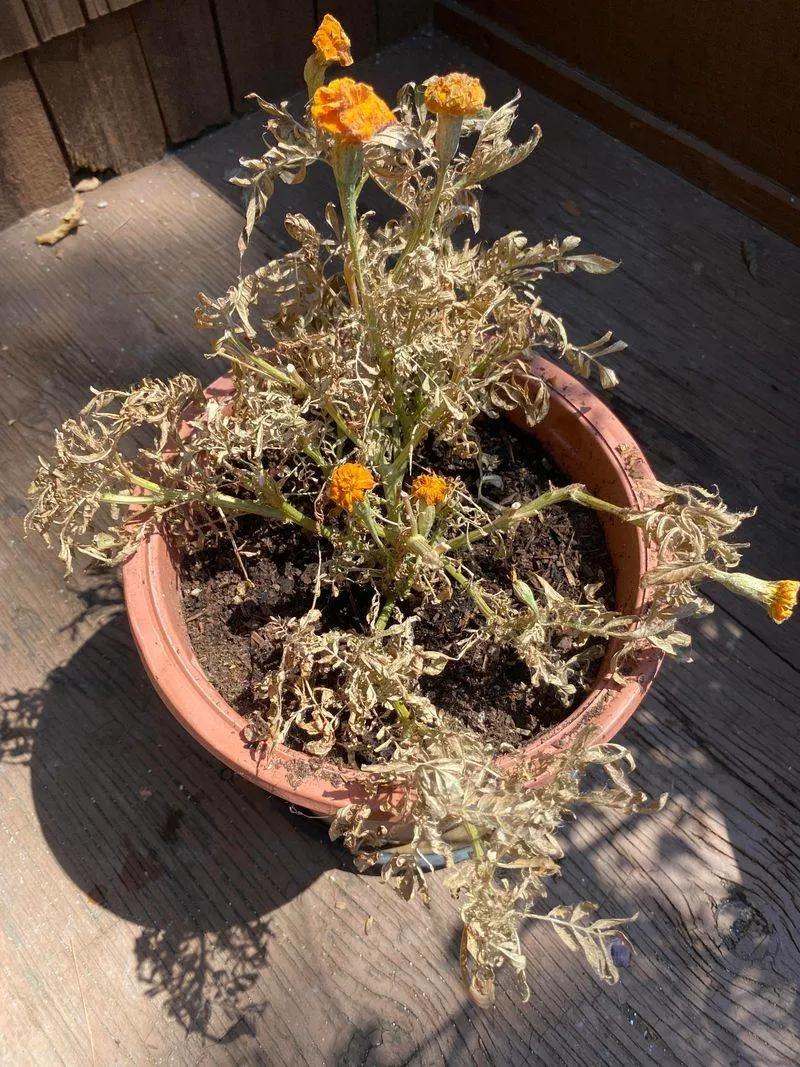
Gardens are dynamic, changing with the seasons, yet many beginners overlook this. Planting without considering seasonal shifts can lead to poor results. Each season influences planting times, growth cycles, and maintenance needs. For example, cool-season crops thrive in spring and fall, while warm-season plants need summer’s heat. Awareness of climate patterns and seasonal variations is crucial for planning and planting. Adjusting care routines to align with these changes ensures plants receive the right conditions year-round, fostering resilience and productivity.
Planting Invasive Species
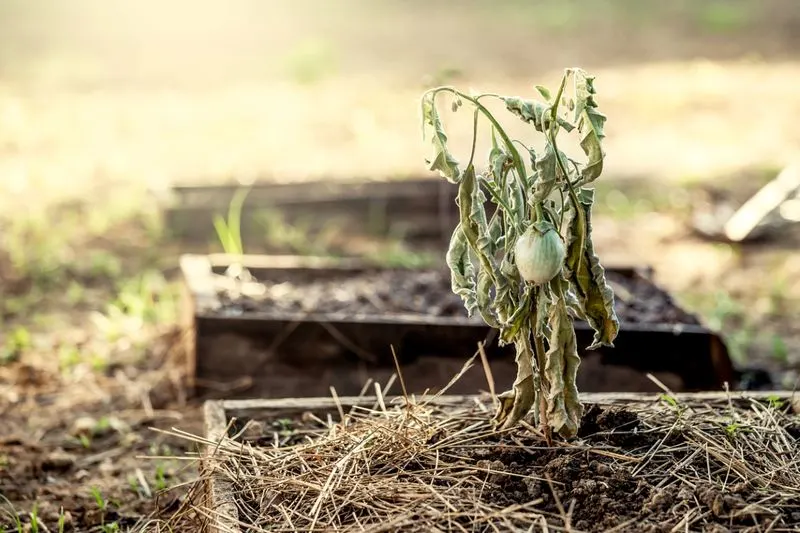
Beginners might not recognize invasive species, inadvertently introducing them to their gardens. These plants spread aggressively, outcompeting natives for resources and disrupting local ecosystems. Researching plants before purchase prevents this mistake. Opt for native or non-invasive species that coexist harmoniously with existing flora. If an invasive plant is already present, removal is necessary to prevent further spread. Understanding local regulations regarding invasive plants can also guide choices. This mindful approach preserves biodiversity and supports sustainable gardening practices.
Improper Pruning Techniques
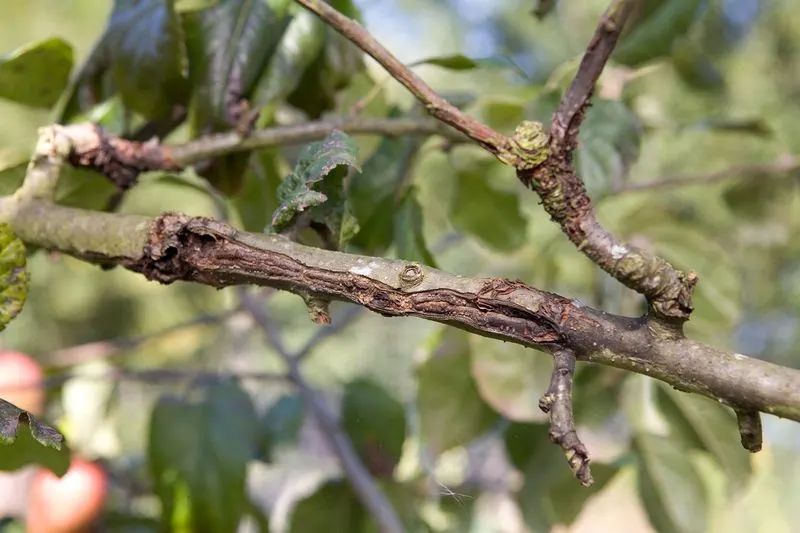
Pruning can intimidate beginners, yet it’s vital for plant health and aesthetics. Incorrect techniques damage plants, reduce blooms, and promote disease. Learning proper pruning times and methods for each plant type is essential. Use sharp, clean tools to make precise cuts, removing dead, damaged, or diseased branches. Each cut should enhance the plant’s shape and encourage healthy growth. Understanding the growth habits of your plants guides effective pruning. With practice, pruning becomes a skill that enhances your garden’s beauty and vitality.
Neglecting Pest Control
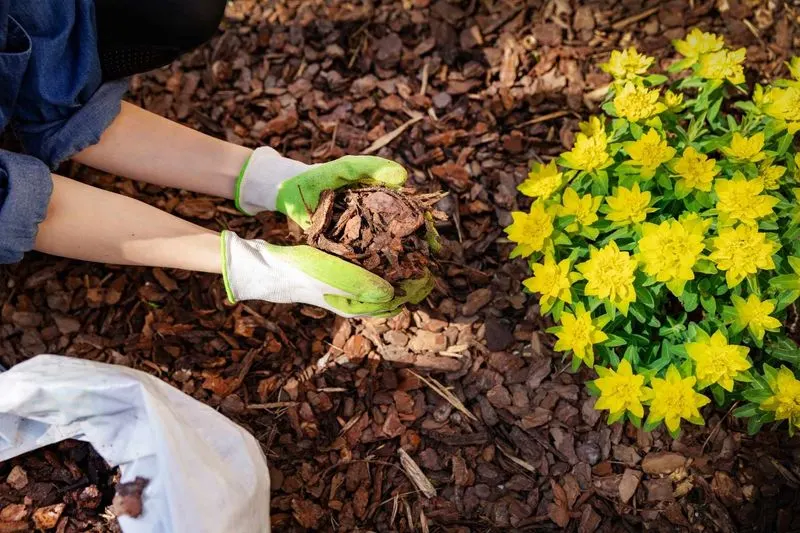
Ignoring pests can quickly lead to garden woes. Insects and diseases can ravage plants if left unchecked. New gardeners might not recognize early signs of infestation, allowing problems to escalate. Regularly inspect plants for symptoms like chewed leaves or discolored spots. Integrated Pest Management (IPM) strategies offer sustainable solutions, combining mechanical, biological, and chemical controls. Introducing beneficial insects or using organic treatments can mitigate pest issues. Staying vigilant and addressing problems early keeps your garden thriving and minimizes the need for harsh interventions.
Overlooking Mulching Benefits
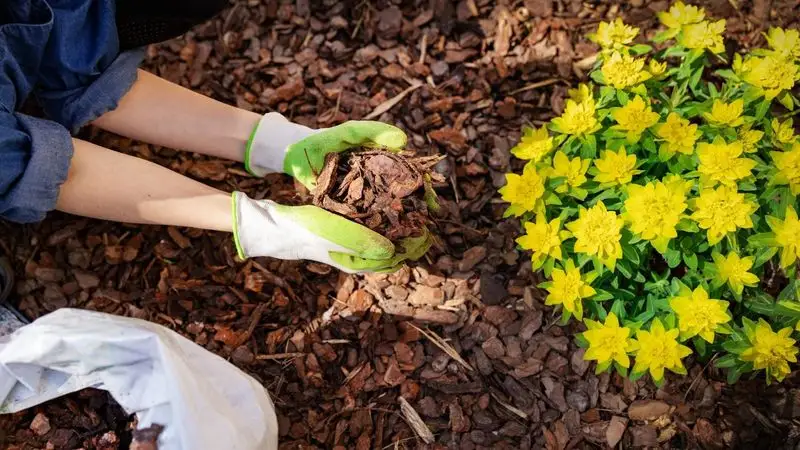
Skipping mulch can lead to numerous gardening challenges. Mulching offers several benefits: it conserves moisture, suppresses weeds, and regulates soil temperature. New gardeners often overlook its importance, focusing only on planting. Organic mulches like straw, wood chips, or leaves decompose over time, enriching soil. Apply a layer around plants, avoiding direct contact with stems to prevent rot. This barrier not only improves soil quality but also enhances garden aesthetics. By integrating mulching into your routine, you create a healthier environment for plants to flourish in.
Failure to Rotate Crops
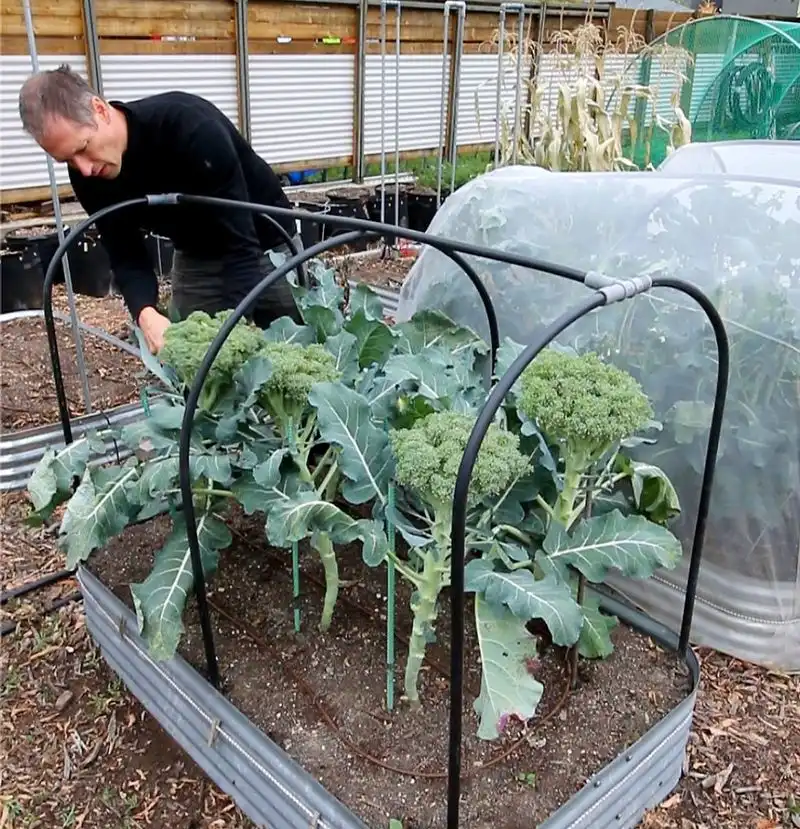
Crop rotation might seem complex, but it’s crucial for sustainable vegetable gardening. Planting the same crops in the same spot depletes soil nutrients and increases pest risks. This common oversight leads to declining yields and plant health. Rotate crops annually, grouping families like legumes, brassicas, and nightshades. This practice disrupts pest and disease cycles and balances soil fertility. Planning a rotation schedule ensures nutritious, productive soil, supporting healthy crops. Embracing crop rotation as a routine enhances garden resilience and productivity over time.
Misjudging Plant Lifecycles
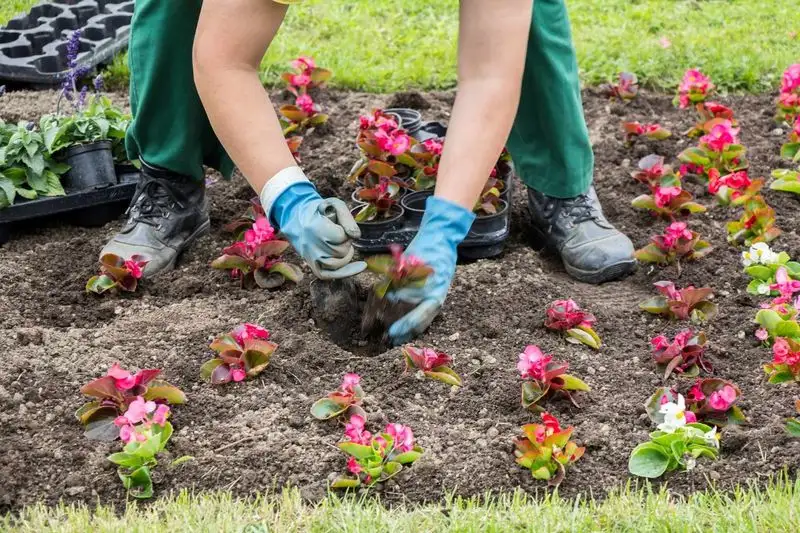
Understanding plant lifecycles is fundamental yet often misunderstood by beginners. Confusion between annuals, biennials, and perennials can lead to planting errors. Annuals complete their lifecycle in one season, while perennials return year after year. Biennials require two growing seasons. Reading plant labels and researching specific needs prevents lifecycle-related mistakes. Planning your garden with a mix of plant types can offer year-round interest and reduce replanting efforts. Knowing what to expect from your plants ensures they meet your aesthetic and functional garden goals.
Ignoring Plant Labels
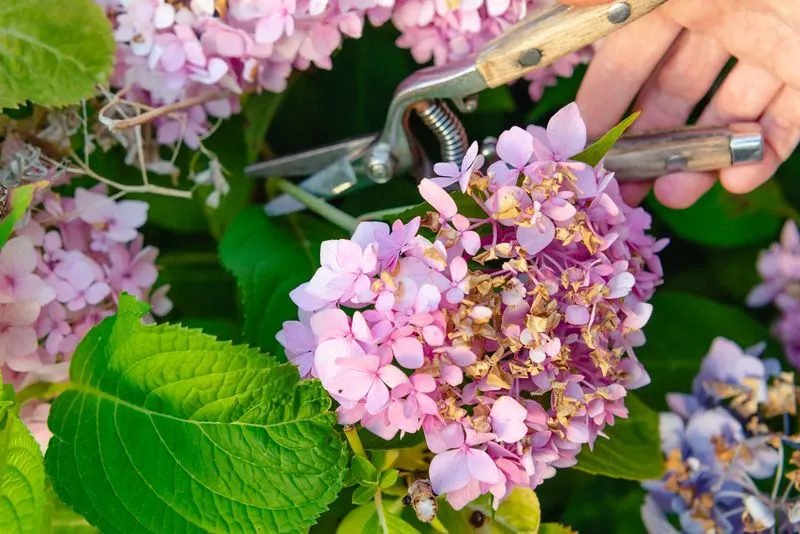
Plant labels provide valuable information about care requirements that beginners often overlook. Ignoring these details can result in improper planting depth, spacing, or care routines, impacting plant health. Labels include insights on sunlight, water, maturity size, and more. Taking time to read and follow these instructions sets a solid foundation for successful gardening. Understanding plant-specific needs and how they fit into your garden’s conditions leads to flourishing plants. Consistently referencing labels ensures you’re attuned to each plant’s unique demands, fostering a thriving garden.
Lack of Garden Planning
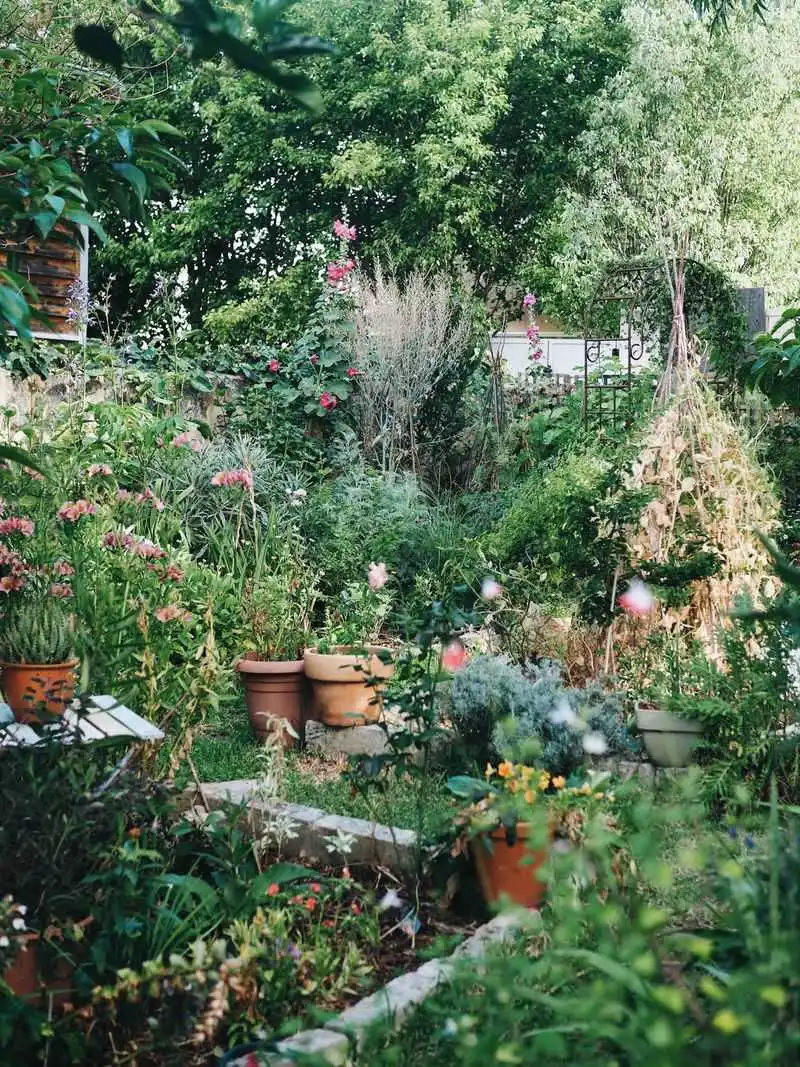
Haphazard planting without a plan is a pitfall that leads to chaos and inefficiency. Beginners may start planting without considering factors like plant size, growth habits, or seasonal changes. This oversight results in overcrowding, poor aesthetics, and maintenance difficulties. Creating a garden plan involves mapping out plant placement, considering sunlight, water access, and aesthetic goals. A well-thought-out design maximizes space and resources, ensuring each plant has room to grow. Thoughtful planning transforms a disordered patch into a cohesive and stunning garden space.
Overlooking Drainage Needs
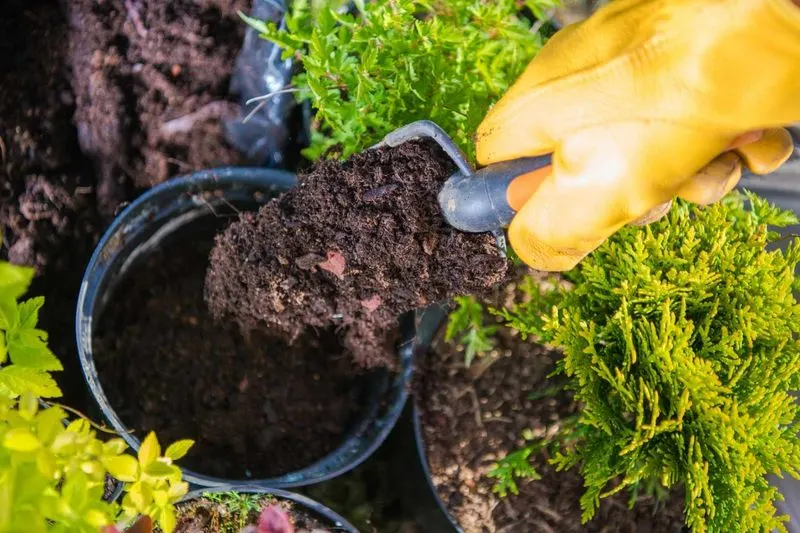
Neglecting drainage can lead to waterlogged plants and root rot. Understanding your garden’s drainage capabilities is essential for plant health. Beginners may not recognize the signs of poor drainage until plants suffer. Testing soil drainage before planting helps identify issues. Raised beds or amended soil can improve drainage where needed. Selecting plants suited to existing drainage conditions can also mitigate problems. Maintaining proper drainage ensures roots receive adequate oxygen and nutrients, supporting vigorous plant growth. Proactively addressing drainage transforms potential failure into flourishing success.

